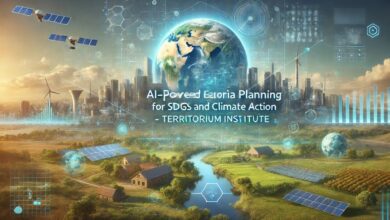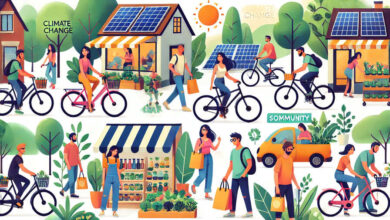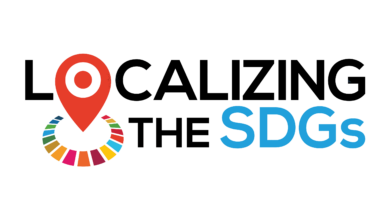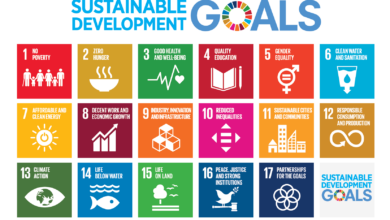SDGs
SDG Topical Authority for Local Governments-SDGIEVER
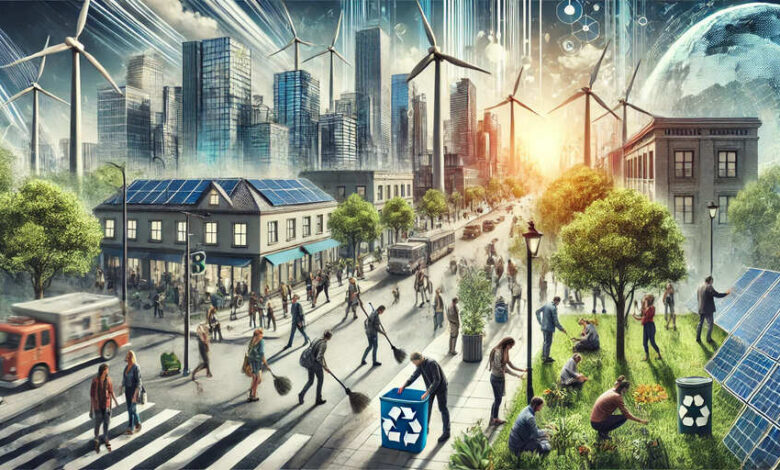
Table of Content
[hide]
- Pillar Content: The Role of Local Governments in Achieving the SDGs
- Cluster 1: Localizing the SDGs – Why Cities and Municipalities Matter
- Cluster 2: SDG 11 – Sustainable Cities and Communities
- Cluster 3: Climate Action and Resilience (SDG 13) at the Local Level
- Cluster 4: SDG 6 – Clean Water and Sanitation at the Local Level
- Cluster 5: SDG 7 – Affordable and Clean Energy for Local Communities
- Cluster 6: SDG 1 – Ending Poverty at the Local Level
- Cluster 7: SDG 9 – Industry, Innovation, and Infrastructure at the Local Level
- Cluster 8: SDG 3 – Health and Well-Being in Cities and Municipalities
- Cluster 9: SDG 12 – Responsible Consumption and Production
- Conclusion: Empowering Local Governments to Achieve the SDGs
Here’s a well-organized topical authority cluster structure focused on local governments (cities, regions, and municipalities) and their role in achieving the Sustainable Development Goals (SDGs):
Pillar Content: The Role of Local Governments in Achieving the SDGs
- This central pillar will provide an overview of why local governments play a crucial role in achieving the SDGs. It will serve as a hub for more detailed cluster content addressing specific goals and challenges faced by cities and municipalities.
Cluster 1: Localizing the SDGs – Why Cities and Municipalities Matter
- Why Local Governments Hold the Key to Achieving the SDGs
- How Cities Can Localize the SDGs for Maximum Impact
- What Does Sustainable Development Look Like at the Local Level?
- How Local Governments Can Align Their Strategies with the Global SDGs
- The Importance of Multi-Level Governance for Achieving SDG Targets
- SDG Localization: How Municipalities Can Get Started
- Collaborating with Local Communities for Sustainable Development
- Key Challenges Facing Cities in Implementing the SDGs
- How Local Governments Can Mobilize Resources for SDG Success
- The Role of Local Leaders in Driving Sustainable Development
Cluster 2: SDG 11 – Sustainable Cities and Communities
- SDG 11 in Action: How Local Governments Can Create Sustainable Cities
- Building Smart, Inclusive, and Sustainable Cities by 2030
- How Cities Can Reduce Urban Sprawl and Create Livable Communities
- Promoting Sustainable Urban Mobility: Cities as Leaders of Change
- Affordable Housing Solutions for Sustainable Urban Development
- Public Spaces and Green Infrastructure: Transforming Cities for Sustainability
- How Cities Can Tackle Air Pollution to Achieve SDG 11
- Waste Management Solutions for Local Governments: Reducing Waste, Increasing Sustainability
- How Smart Cities Can Support the SDGs with Data and Technology
- Creating Climate-Resilient Cities: How SDG 11 Guides Local Action
Cluster 3: Climate Action and Resilience (SDG 13) at the Local Level
- How Cities Can Lead the Fight Against Climate Change (SDG 13)
- Local Governments and Climate Action Plans: Setting the Path for SDG 13
- Building Resilience to Climate Disasters at the Local Level
- What Local Governments Can Do to Reduce Carbon Emissions
- Implementing Renewable Energy Solutions in Local Communities
- How Cities Can Adapt to a Warming Climate: Best Practices
- How Local Governments Can Engage Communities in Climate Action
- Funding Climate Action at the Municipal Level: Challenges and Opportunities
- How Coastal Cities Can Prepare for Rising Sea Levels
- Building Climate-Resilient Infrastructure: Lessons for Local Governments
Cluster 4: SDG 6 – Clean Water and Sanitation at the Local Level
- How Cities and Regions Can Ensure Access to Clean Water for All
- Tackling Water Scarcity: What Local Governments Can Do
- Wastewater Management Solutions for Municipalities
- How Local Governments Can Protect Water Sources from Pollution
- Creating Sustainable Urban Water Systems: A Blueprint for Cities
- Building Flood-Resilient Infrastructure in Local Communities
- How Municipalities Can Promote Water Conservation
- Public-Private Partnerships for Sustainable Water Infrastructure
- How Local Governments Can Achieve Universal Access to Sanitation
- Investing in Local Water Management: Pathways to SDG 6 Success
Cluster 5: SDG 7 – Affordable and Clean Energy for Local Communities
- How Local Governments Can Lead the Clean Energy Transition
- Renewable Energy Solutions for Cities: Solar, Wind, and Beyond
- How to Implement Energy Efficiency Programs at the Municipal Level
- Community Energy Projects: How Cities Can Drive Change
- How Local Governments Can Transition Public Buildings to Renewable Energy
- How Municipalities Can Invest in Green Energy Infrastructure
- Promoting Energy Access for All in Urban and Rural Areas
- How Cities Can Reduce Their Carbon Footprint Through Clean Energy Initiatives
- Electric Vehicle Infrastructure for Sustainable Urban Mobility
- How Local Governments Can Use Clean Energy to Fight Energy Poverty
Cluster 6: SDG 1 – Ending Poverty at the Local Level
- How Cities Can Tackle Poverty with Sustainable Development Solutions
- Social Protection Programs for Vulnerable Communities in Cities
- How Local Governments Can Address Urban Poverty
- Providing Affordable Housing as a Strategy for Reducing Poverty
- Reducing Inequality in Cities: How Municipalities Can Support Low-Income Families
- Empowering Local Economies to Reduce Poverty
- Building Inclusive Cities: How SDG 1 Can Drive Local Policy
- How to Create Job Opportunities Through Local SDG Initiatives
- Public-Private Partnerships to Fight Poverty at the Local Level
- How Local Governments Can Promote Financial Inclusion
Cluster 7: SDG 9 – Industry, Innovation, and Infrastructure at the Local Level
- How Cities Can Invest in Sustainable Infrastructure
- Promoting Innovation at the Local Level to Achieve SDG 9
- How Municipalities Can Support Local Industry and Green Jobs
- Investing in Public Transport Systems for Sustainable Urban Growth
- How Local Governments Can Build Resilient Infrastructure for the Future
- How Cities Can Use Technology and Innovation to Drive Sustainability
- The Role of Local Governments in Building a Circular Economy
- How to Promote Sustainable Industrial Development in Cities
- Public-Private Partnerships for Local Infrastructure Development
- How Smart Cities Can Help Achieve SDG 9 at the Local Level
Cluster 8: SDG 3 – Health and Well-Being in Cities and Municipalities
- How Local Governments Can Promote Health and Well-Being (SDG 3)
- Tackling Air Pollution in Cities to Improve Public Health
- How Cities Can Address Mental Health Issues in Urban Communities
- Promoting Active Lifestyles: Urban Design and Public Health
- How Local Governments Can Improve Access to Healthcare
- The Role of Green Spaces in Supporting Public Health in Cities
- Creating Healthier Cities Through Sustainable Urban Planning
- How to Reduce Health Inequalities in Local Communities
- How Municipalities Can Respond to Health Crises and Pandemics
- Promoting Healthy Living in Cities Through Public Education and Awareness
Cluster 9: SDG 12 – Responsible Consumption and Production
- How Local Governments Can Lead by Example in Sustainable Consumption
- Reducing Waste at the Local Level: How Cities Can Implement Circular Economies
- How Cities Can Encourage Sustainable Consumption in Communities
- Sustainable Public Procurement: How Local Governments Can Drive Change
- How Municipalities Can Promote Recycling Programs
- Encouraging Local Businesses to Adopt Sustainable Practices
- How Cities Can Tackle Plastic Waste with Local Initiatives
- How to Implement Food Waste Reduction Strategies at the Local Level
- Promoting Sustainable Tourism in Cities
- How Municipalities Can Raise Awareness of Responsible Consumption Among Residents
Conclusion: Empowering Local Governments to Achieve the SDGs
This topical authority cluster structure will enable your platform to address the critical role that local governments—cities, municipalities, and regions—play in implementing the SDGs. By focusing on key areas like sustainable cities, climate action, water and energy management, and poverty reduction, you can build topical authority that highlights actionable solutions and strategies for local governments to drive global change through localized actions.

